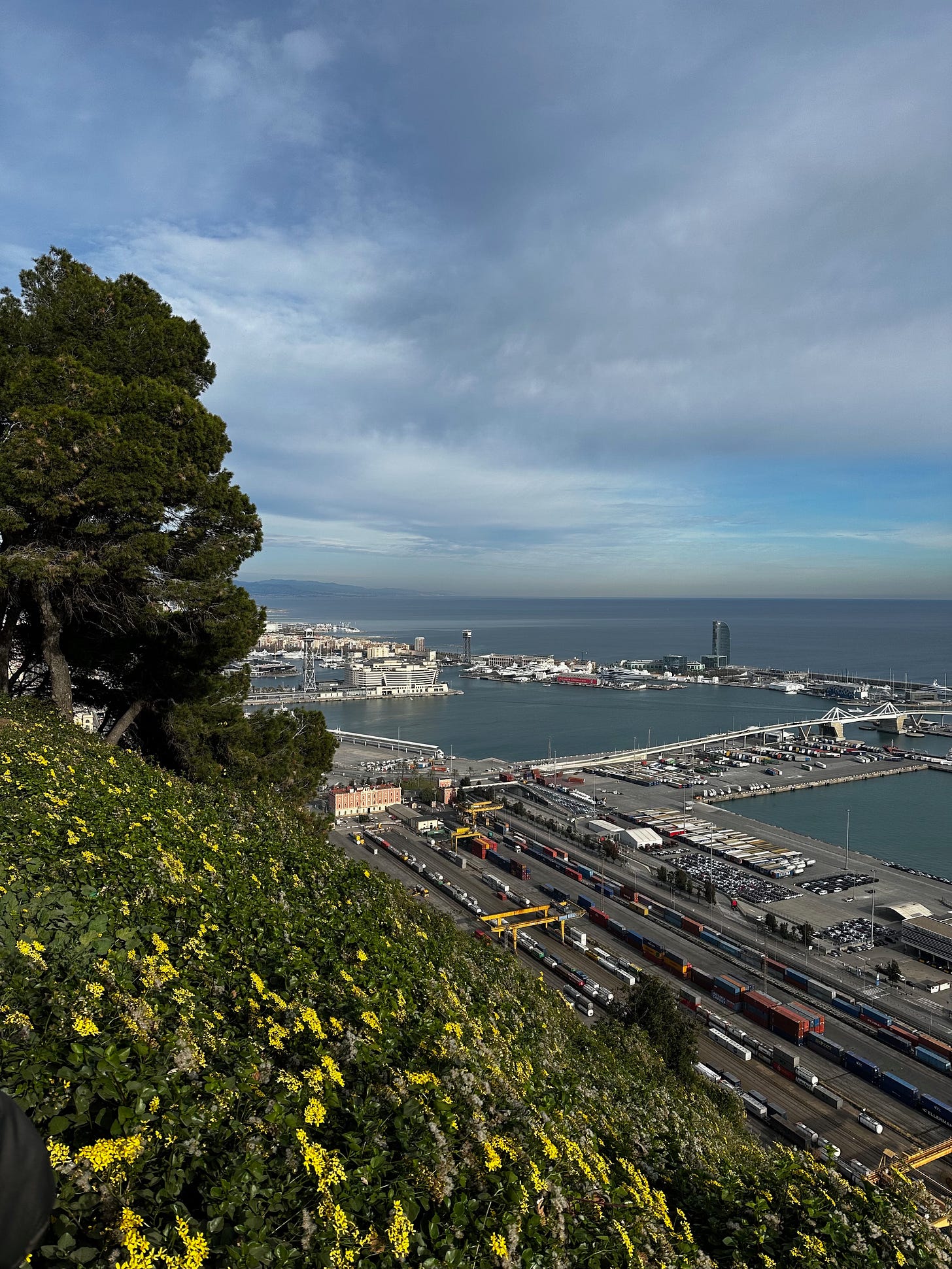Where Nature, History, and the Soul of Barcelona Converge
Montjuïc: A Hill of Endless Views and Stories
Yesterday, I returned to one of my favourite spots in Barcelona—Montjuïc. It doesn’t matter whether it’s summer, winter, or somewhere in between; this hill always feels alive, offering something new with each visit. As I wandered its paths, the air carried that subtle Mediterranean freshness, mingling with the faint …
Keep reading with a 7-day free trial
Subscribe to Escribitionist.com to keep reading this post and get 7 days of free access to the full post archives.


